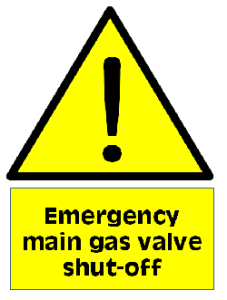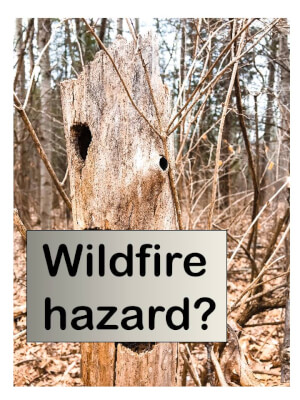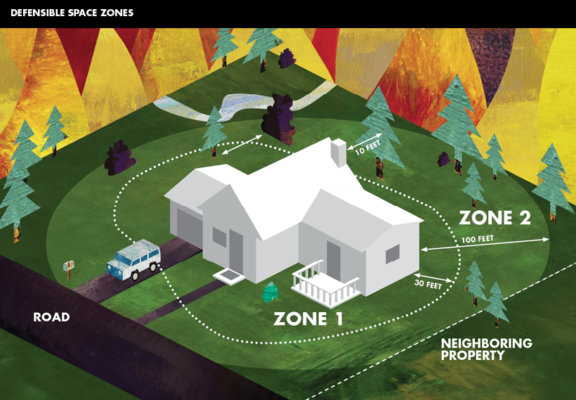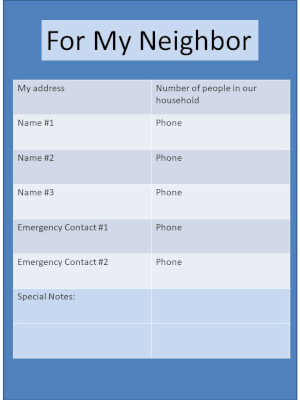Too humid! Too wet! Too much mold and mildew!

The weather news is filled with stories about too much water.
So when I found a couple of nasty black spots in our shower, it was a sign that I needed to take another look at water conditions right here in my own home! I plunged into some research. Here are my questions and the answers I found.
I hope you will share this info with family and friends. I’m afraid everyone is likely to find mold or mildew in their home at some point!
Mold or mildew in my shower? Which is it?
Turns out that both mildew and mold are fungi that reproduce via airborne spores. Mildew is the wimpy adolescent, mold is the full-grown bully. Mildew is white or gray and often looks like dust; mold is red, black, blue or green and looks stubborn. Either of these is likely to give off a musty, wet-sock smell – you are likely to smell them long before you see them. Both grow on “organic materials” like wood or wood products like paper or drywall, and plants. (And obviously mold can grow on fiberglass shower walls, too!)
How dangerous are mildew and mold?
Most people exposed directly to mildew – like breathing it in – may experience mild symptoms like sneezing, itchy eyes and coughing. If you have asthma it might flare up.
Mold symptoms are worse if people have a mold allergy. Afew types of mold do produce toxins – like black mold. (Shiny, black, looks like tar – get out now) – but for most people the problem is when they are allergic and/or already suffer from asthma.
Obviously, people exposed to large amounts of mildew or mold, and who already have chronic lung disease, could experience a severe reaction including infections in their lungs.
What makes mold grow?
Mold spores are always in our environment – you can’t escape them. They only become dangerous when they find perfect growing conditions: a nice porous organic surface to land on, warmth, oxygen, AND the right amount of water. Not all the sources I found were in total agreement, but FEMA and the CDC say that mold can develop within 24-48 hours of finding those conditions!
So how do I avoid mold in my home?
We’re not talking here about coping with the aftermath of a flood. Rather, the next few paragraphs will be about more ordinary conditions.
Here are specific recommendations:
1-Start by checking for leaks and/or signs of mold. You will know if your roof or windows are leaking. You may never really have looked for leaks under the sinks or behind the washing machine, etc. Check – if those areas are dry now, clean up any mold and fix the leak. If the area is not dry, you may have to call for professional help to replace rotted or moldy wood. If you discover mold in AC ducts, don’t run the HVAC system until you’ve got them cleaned out by professionals.
2-Wipe up spills immediately. Whether it’s a glass of lemonade, a whole bucket of soapy water, or spaghetti sauce that boils over, wipe it up immediately! Make sure the area is totally dry and clean before you walk away. If the spill is in the bedroom, clean and dry the area immediately. Use a HEPA vacuum cleaner on your carpet. (HEPA stands for High Efficiency Particulate Air and a HEPA filter traps 99% of particles over 0.3 microns in size.)
3-Note and deal with condensation. Just like in the image at the top of this article, our bathroom mirrors fog up when Joe takes a long shower. Yes, we open the window and run an exhaust fan, but it’s still damp. And that must have contributed to those black spots this week!
In the past, I’ve had bedroom windows get wet from condensation, too! (Though not in this house.) If you experience condensation, the steps to take include:
- Clean up moldy spots in shower.
- Squeegee and wipe dry the glass door and tile walls and/or windows after showering.
- Make sure you have an exhaust fan – run it for 30 minutes after a shower.
- Consider a dehumidifier. See below.
4-Your refrigerator could harbor mold. Forgot that meatloaf in the back of the frig? “Expired” food grows mold! And dripping ice maker tubes can, too. Keep your refrigerator cleaned out – and clean!
5-Check houseplants regularly for mold. Gray stuff in the pot? Repot with new soil, treat with fungicide.
6-Don’t forget closets. You can bring in spores on clothing and shoes, particularly if they are damp and don’t get properly dried and aired out before being put away.
If you discover mold, get rid of it!
Alert: Everything I read about mold suggests that you can take care of small mold growths by yourself, but you need professional help for a big job. What is “big?” Probably a mold growth greater than 10 sq. feet in size. You may also need professional help if your water and/or mold damage came from contaminated sources (sewage, flooding), or if you know you have health concerns.
If you plan to do the cleanup yourself, wear the right protective gear. I recommend you click on the links below of any products you don’t already own to see if they make sense for you or family members.
- Avoid breathing in the spores by using a respirator. Earlier we wrote about the importance of N95 respirators for managing particles from wildfire smoke. (The 95 means they block up to 95% of airborne particles.) There are also N99 respirators. Even better for a mold clean-up job. Here’s a 12-pack of N99 respirators from Amazon that have all-important exhalation valves.
- Protect your eyes from dust and floating spores. CERT volunteers often are supplied with safety glasses, but if they are just glasses, or goggles with air holes, they’re not right for this job! You want safety glasses or goggles that fit all around your eyes. I personally need a model that fits over regular glasses; this link takes you to over-regular-glasses goggles that actually come in a package with N95 respirators, too. I consider this a smart buy.
- Wear gloves. Never touch mold with bare hands! You’ll want sturdy gloves that come well up past the wrist. The ThxToms company makes heavy duty gloves in both rubber and latex. (Their rubber gloves are longer and cheaper!)
- Wear long sleeves, long pants, and closed shoes.
As for cleaning materials, you can buy commercial products or use common household cleaners.
Some recommended anti-mold products that are made specifically to kill the mold or mildew and also remove stains. In each case you leave them a while to work their magic and then rinse off.
- RMR mold and mildew killer and stain remover (two spray bottles)
- Skylarlife product specifically for cleaning and sealing tiles and grout, (tube)
You may already have on hand one or more of the natural cleaners listed below.
- Scrub mold spots off with a brush and spray with white vinegar. Let dry. No need to rinse. Use the spray and let dry after every shower.
- Same approach using a mixture of 1 cup Borax with 1 gallon water, spray on, let dry.
- As a last resort, mix 1 part bleach to 10 parts water, spray and let dry. Bleach is more toxic.
For all the above, be sure to wear gloves and eye protection and make sure area is ventilated.
A final note about humidity.
Every article I read about mold mentioned the role of humidity in mold’s growth. Of course, humidity is important to our overall health and sense of comfort. Several different sources rated the ideal relative humidity for health and comfort as being about 40-50%. In the winter, humidity may have to be lower than that to avoid condensation.
How do I know how humid it is?
The answer to this question is simple. Buy a hygrometer so you can check! Get a simple one with big print and carry it around with you to test bedroom, bathroom, etc. The one below costs less than $10! (Click the image to get exact price and details.)

And if the relative humidity in your bedroom or bathroom is too high?
A dehumidifier can make all the difference to health and comfort.
Dehumidifiers work rather like refrigerators. They suck in the humid air and run it over refrigerated coils. The water condenses on the coils and drips down into a bucket, and warm dry air is blown back into the room.
The capacity of a dehumidifier is measured in how many PINTS of water it can remove from the air per day! A one-smallish-room may require a 30 pint machine; a large basement might require a 70 pint machine. Here are positively-reviewed examples from Amazon. Click on the links to get details and prices.

And a smaller version:

Too much humidity, too much mold, too much mildew! Not good! If you have any of these in YOUR home, you will want to make a plan to deal with them starting now.
Good luck!
Virginia
Your Emergency Plan Guide team
P.S. I cleaned up my shower with white vinegar and an old toothbrush. The spots have not returned!
















 Wildfires are now a year-round threat
Wildfires are now a year-round threat

 Remember this cartoon from the
Remember this cartoon from the  Here are instructions we’re sending along with the form:
Here are instructions we’re sending along with the form:

 The number of threats can be overwhelming.
The number of threats can be overwhelming. 
